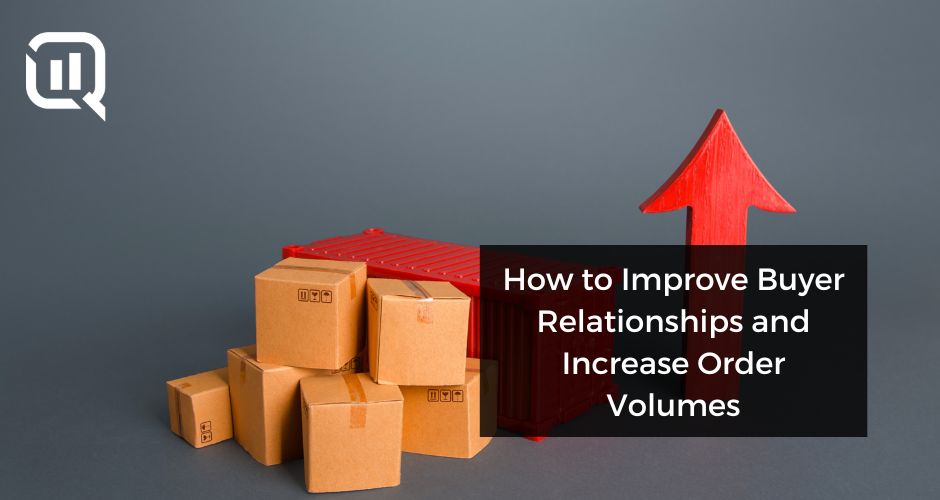I have never experienced the joy that must come with being a buyer, merchant or similar sourcing position at a U.S retailer. But I can imagine that the veritable circle of life for a buyer at a retailer looks like this:
Order inventory from a brand. Attempt to sell that merchandise to your retailer’s customers. If it sells well, order more inventory. If it consistently sells less, consider purchasing goods from other brands that would sell more.
So for a brand, particularly a newer one that is less established in the markets they intend to sell in, ensuring that their products sell well enough to justify larger volumes of orders is of utmost importance. But how are they able to exert influence over those retail sales? It’s typically the retailer that controls the important instruments of sales – page or shelf positioning, promotions, and price. At the end of the day, a brand doesn’t have much tangible impact on their product’s ability to sell, which means they have limited influence over their customers – the retailers, and the buyer’s decision to increase their orders.
What if I were to tell you that there is at least one way for brands to increase that influence – by becoming price advisors to their customers! What does that mean, and can brands make buyers care about their advice?
Pricing Advisors
As discussed, outside of established minimum advertised price restrictions, or MAP, retailers set their own prices. But by establishing themselves as a price advisor, brands can have direct influence over the price that a customer sees when they decide whether or not to purchase from a store. What price should a vendor recommend, and how do they even ascertain what the optimal price would be? The answer lies in an understanding of competitive data. Using competitive data, a price advisor can demonstrate to a buyer where their product position falls compared to the same or similar products at competitive retailers.

For example, if I’m talking to my buyer at Best Buy about how Walmart is selling a comparable brand to my own for a cheaper price, that might drive them to update their price to be more competitive – likely increasing sales of my own brand. If your buyers never know what their market position is, they won’t have enough information to make necessary strategic price updates to increase sales.
A vendor that is providing price advice becomes “sticker” in a retailer organization, meaning brands develop closer relationships with their buyer customers. These relationships can prove pivotal over the long term partnership of the supplier and the seller of merchandise. Buyers can rely on the brand’s expertise and guidance, knowing that their advice is aimed at mutual success. This trust can lead to smoother collaboration, streamlined processes, and a more efficient supply chain.
Impact for Buyers
The obvious payoff of such an advisory relationship is that both parties reap the benefits. In addition to increased sales and order volume for the brand, the buyer will have successfully driven more sales for their category or department. Last I checked, the overarching goal of any consumer goods company is to increase revenue and profit, so helping a buyer set prices that generate greater sales won’t be a difficult pill for them to swallow.
A price advisor also helps make their buyers job marginally easier, since the advisor illustrates the optimal competitive price, a buyer doesn’t have to spend time hunting for that price themselves. That marginal benefit will have huge downstream gains for the buyer since they will be able to accomplish more with less time than they did previously (although a buyer’s work is never finished).
There are other possible payoffs to the buyer if they engage in this sort of relationship with their brand partners, like collaboration to create customized promotion and marketing campaigns. The price advisor can provide insights on pricing and promotion strategies that have been successful in similar markets or for similar products. This collaboration allows buyers to leverage the brand’s expertise and resources , leading to more effective promotional efforts and boosted sales. There are also sales forecasting benefits for the buyer, because brands who act as price advisors can provide buyers with accurate sales forecasting based on historical data and market trends. By understanding the optimal price points and how they affect consumer behavior, buyers can estimate demand more accurately.
Becoming an Integral Brand in a Retail Catalog
There are so many different ways that brands acting as price advisors can provide valuable insights, streamline processes and foster strong partnerships with buyers. They each bolster the value proposition that a brand demonstrates when bringing their products to market and working with retailers to deliver those products to consumers. The greater the value proposition, the more likely that retail buyers will accept higher prices and approve larger orders. If you would like to create that value for your brand, the competitive price information that QL2 provides is the foundation of a successful price advisor.

Connor Schneider
Helping product/merchandising teams identify pricing gaps to maximize sales and profitability.
